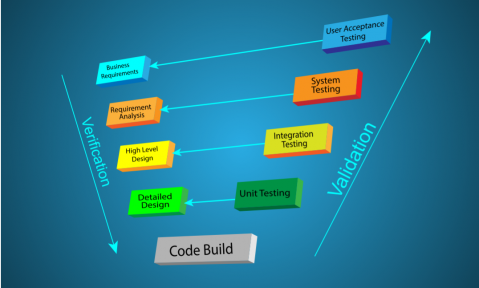The Aerospace Corporation has a rich history of developing processes and standards to guide the full software development lifecycle. Aerospace has generated most of the Capability Maturing Model inclusive (CMMi) compliant standard practices followed by the U.S. Space Force Space Systems Command (SSC). In addition to software program management for project startup guidance, Aerospace offers expertise in software process simulation and modeling, metrics and quantitative management, quality enhancement activities, software cost estimation, and software independent assessments.
Independent software assessments can be targeted to provide software architecture assessments, software coding standards compliance (as a form of verification), static and dynamic testing, and product readiness assessments through the use of defect rate discovery and resolution modeling. Additionally, Aerospace has in-house capabilities to perform software development activities to build automated testing and deployment infrastructures, model-based design, and machine learning algorithm development.
Case Study: Orbital Test Bed Small Satellites and Hosted Payloads
Aerospace conducted scope-limited, risk-targeted software assurance analyses to assist two Orbital Test Bed (OTB) SmallSat missions, OTB-2 and OTB-3. For OTB-3, which hosts the Argos-4 Advanced Data Collection System (A-DCS) for NOAA, our specialists analyzed key interface control documents and flight software specifications to verify consistency and completeness of the designs. As a result, Aerospace helped identify a collection of interface and design issues. These were resolved in the design phase without significant impacts to cost or schedule. For OTB-2, the same experts participated in pre-CDR and CDR reviews focused on on-board data handling and flight software, applying their familiarity with the design heritage to provide very low-cost independent maturity assessments.
By tapping into Aerospace’s reservoir of deep technical expertise cultivated over decades of contributions to the nation’s most critical space programs, the OTB-2 and OTB-3 missions enjoy the best of both worlds: the responsiveness of SmallSat platforms and payload integration combined with enterprise-grade, cross-program expertise that can be applied selectively based on mission-specific priorities.

Space Systems Software Development Standard
Contact Us

